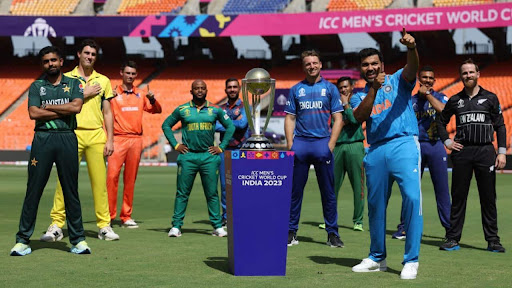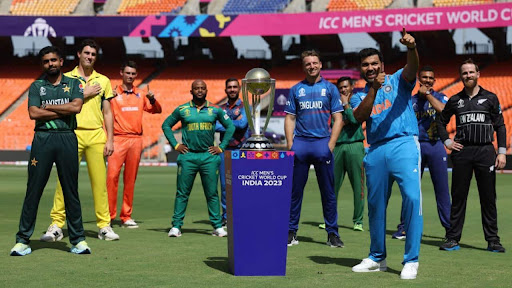The impact of the CWC on the game and development of contemporary cricket
The Cricket World Cup (CWC), organized by the International Cricket Council (ICC), has been a catalyst in transforming the game of cricket and its development across the globe. In this blog post, we will explore how the CWC has significantly impacted both established and emerging cricketing nations, leading to the global expansion and evolution of the sport.
The most apparent impact of the Cricket World Cup is the unprecedented global exposure it offers. With millions of people tuning in to watch the tournament, cricket becomes a global spectacle. Even in countries where cricket is not traditionally played, the CWC sparks interest and curiosity. This surge in interest has not only expanded the fan base but also created new fans out of people who previously knew little about the sport. The World Cup has truly been a game-changer in terms of global outreach.
Hosting a prestigious event like the World Cup demands world-class infrastructure. Many developing cricketing nations have invested heavily in building modern stadiums, training facilities, and accommodation options to meet international standards. This infrastructure development benefits cricket in those countries, allowing them to host matches and tournaments. It not only enhances the spectator experience but also provides opportunities for local players to compete against international teams. As a result, the level of cricket in these nations has improved significantly.
Participation in the Cricket World Cup brings substantial financial gains to the cricket boards of developing countries. These extra funds serve as a catalyst for investing in coaching, player development, and infrastructure. This investment boosts the growth of cricket at the grassroots level and helps nurture young talent. It is these budding talents who are the future stars of the game, and the World Cup has paved the way for their development.

For talented players from developing countries, the Cricket World Cup provides a platform to showcase their skills on the global stage. This exposure can be a game-changer, leading to lucrative contracts in T20 leagues like the Indian Premier League (IPL) or the Big Bash League. Furthermore, it opens the door to international cricket, giving players the chance to compete against the best. The World Cup thus acts as a vital stepping stone for emerging talent and offers them opportunities that were previously out of reach.
The immense popularity of the World Cup and the success of underdog teams have ignited the passion for cricket in new countries. As the fan base grows, so does the sport’s sustainability in these regions. It’s not just about watching; it’s about actively participating in the sport, supporting local teams, and embracing the cricket culture. The World Cup has played a significant role in fostering this enthusiasm for cricket.
The CWC has played a pivotal role in diversifying the landscape of international cricket. The tournament has expanded the participation base, making it more inclusive. Teams from all over the world now compete, representing the global appeal and popularity of cricket. The World Cup serves as a reminder that cricket is no longer confined to a handful of nations; it is a truly global sport.
The Cricket World Cup has left an indelible mark on the game and its development across the world. It has propelled cricket to new heights, making it more accessible, exciting, and inclusive.






















